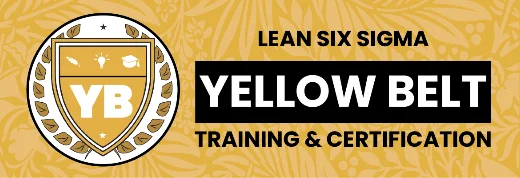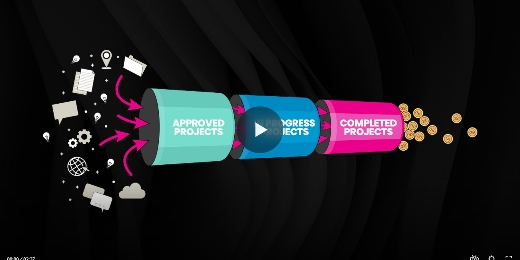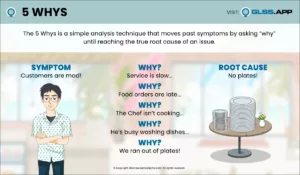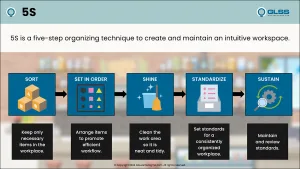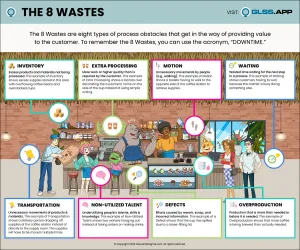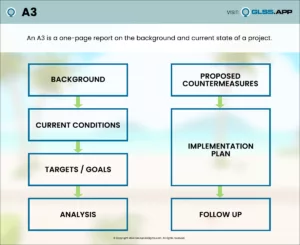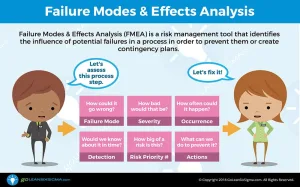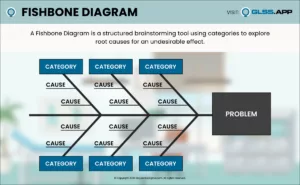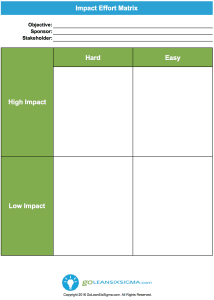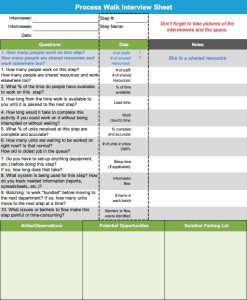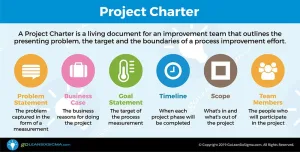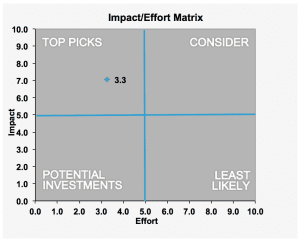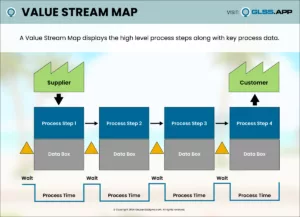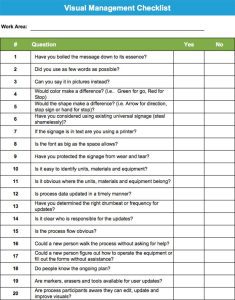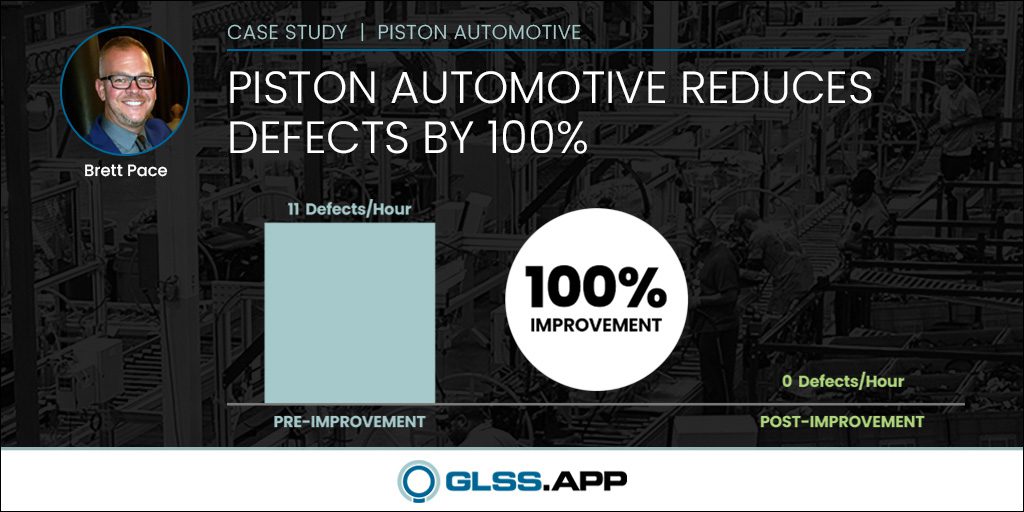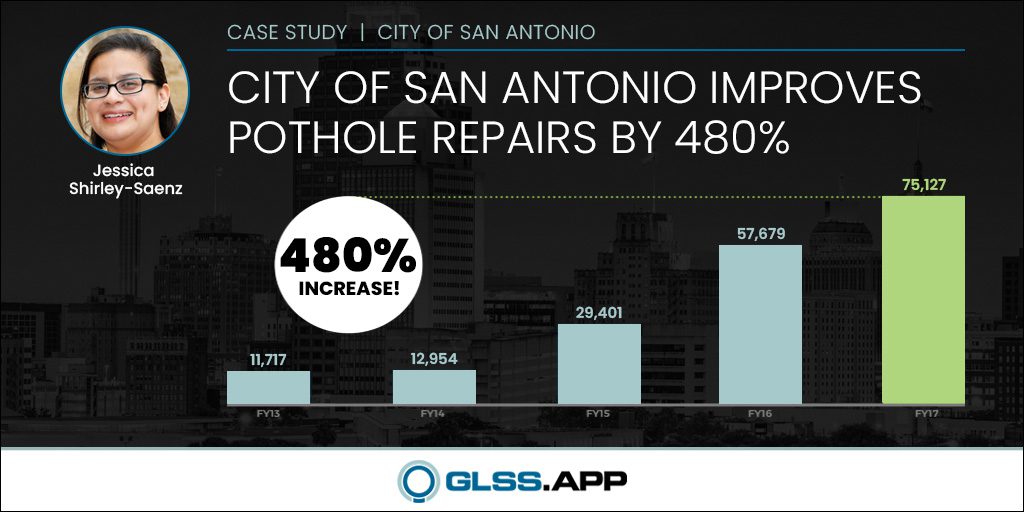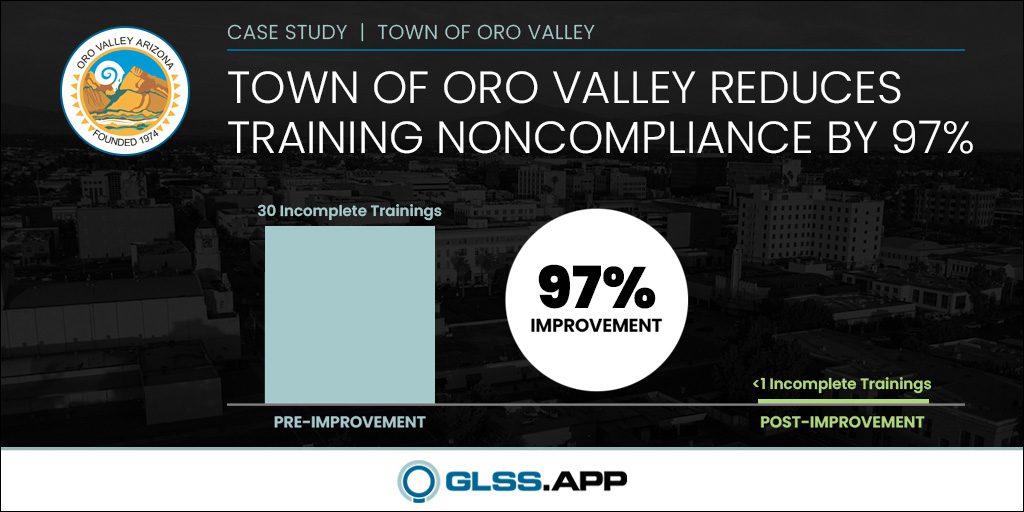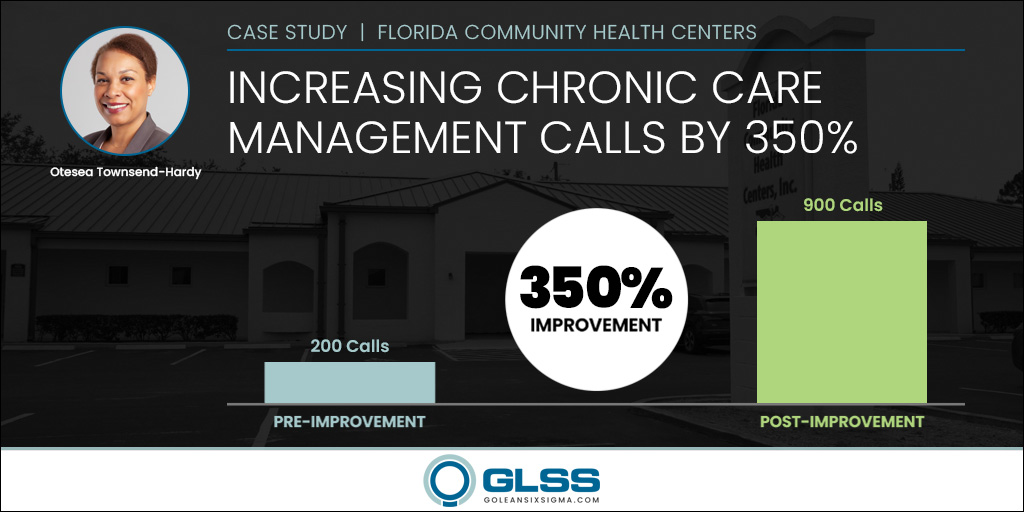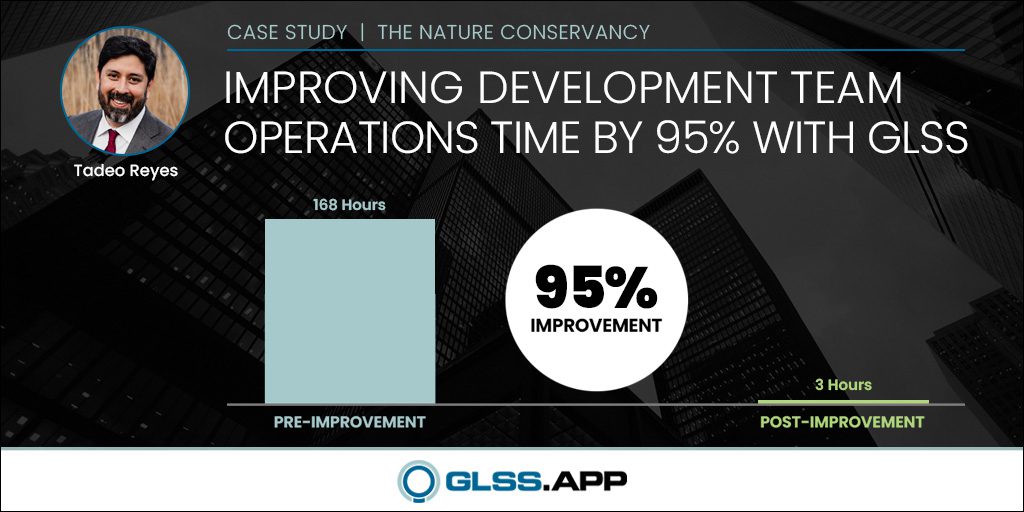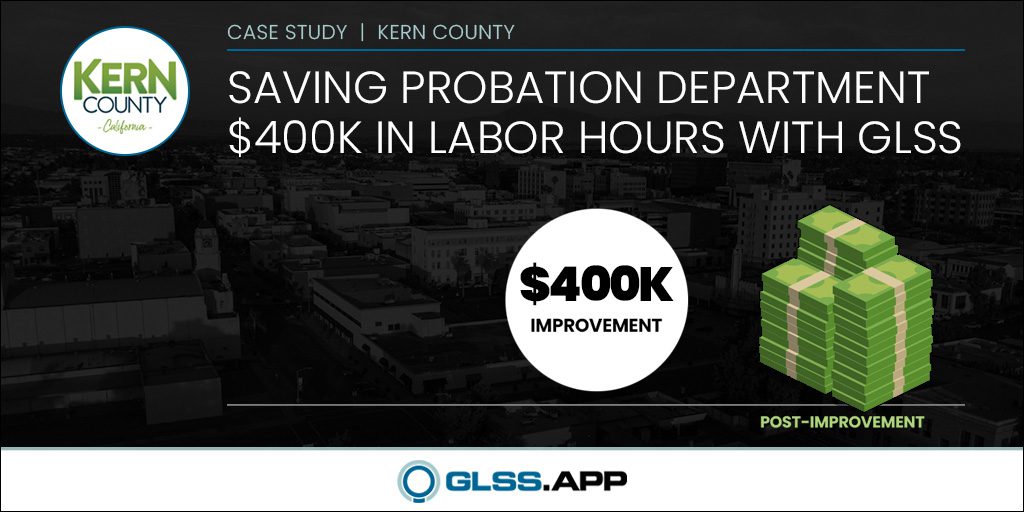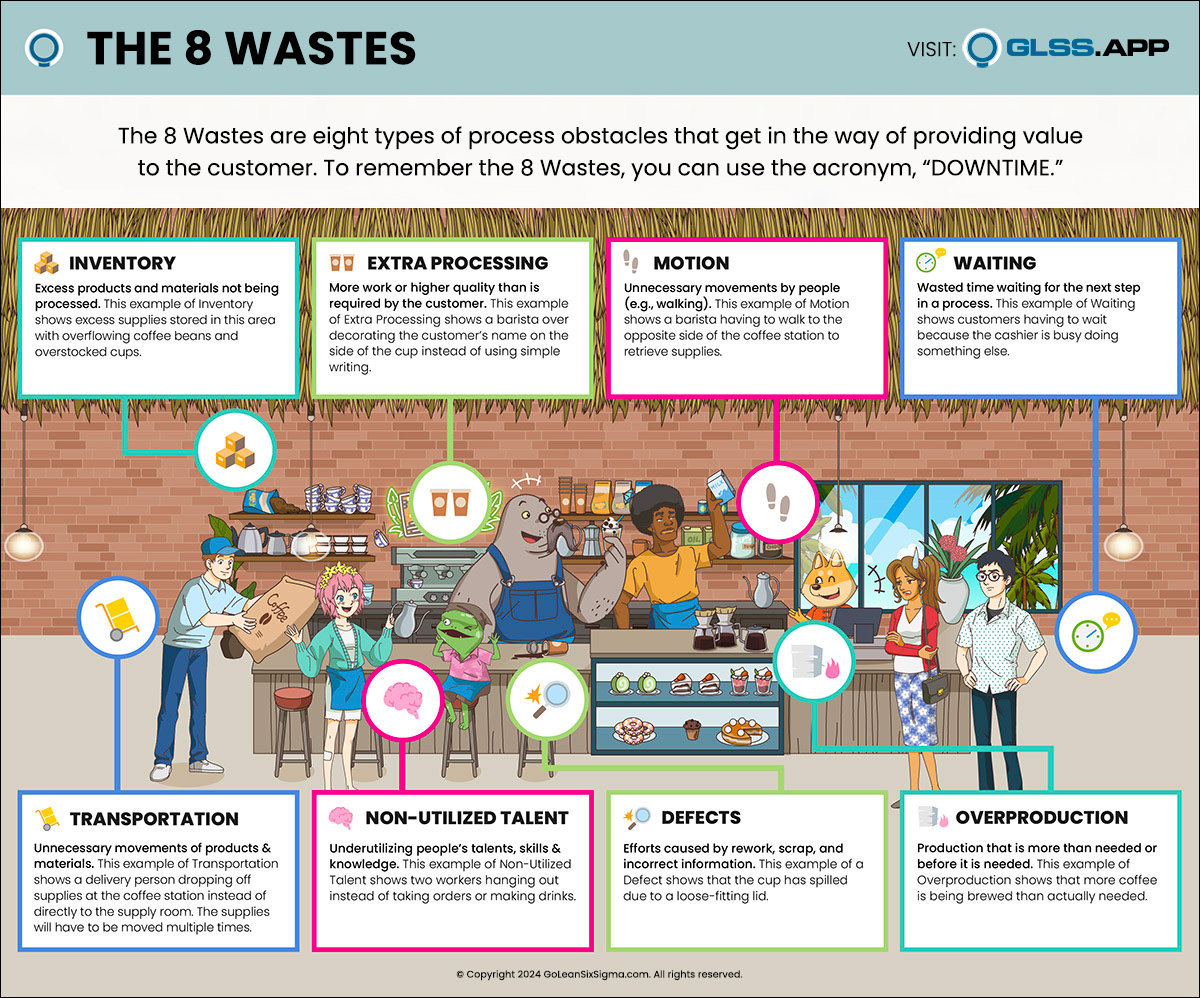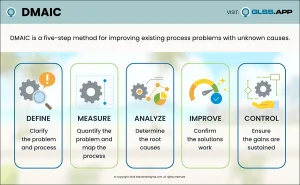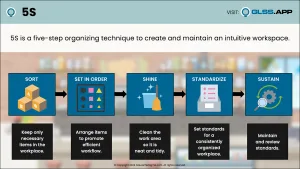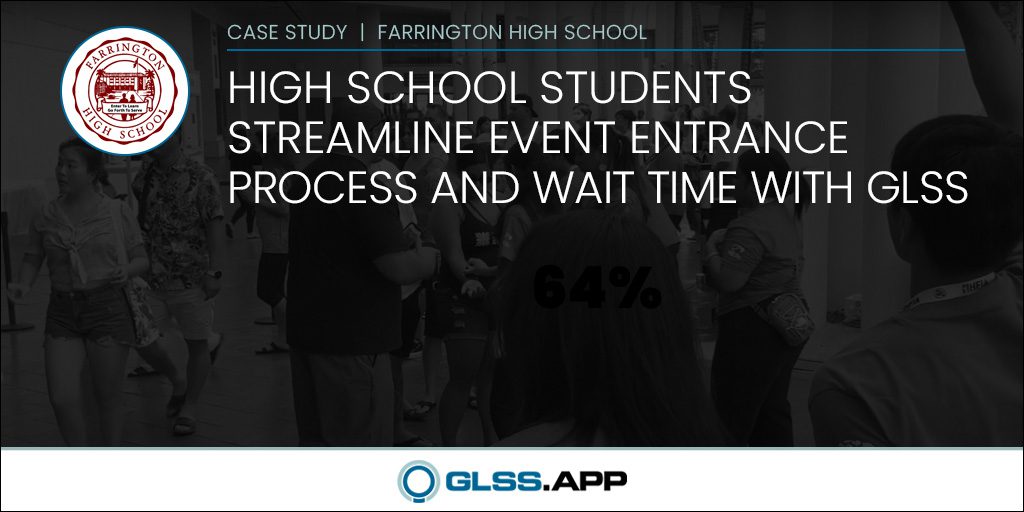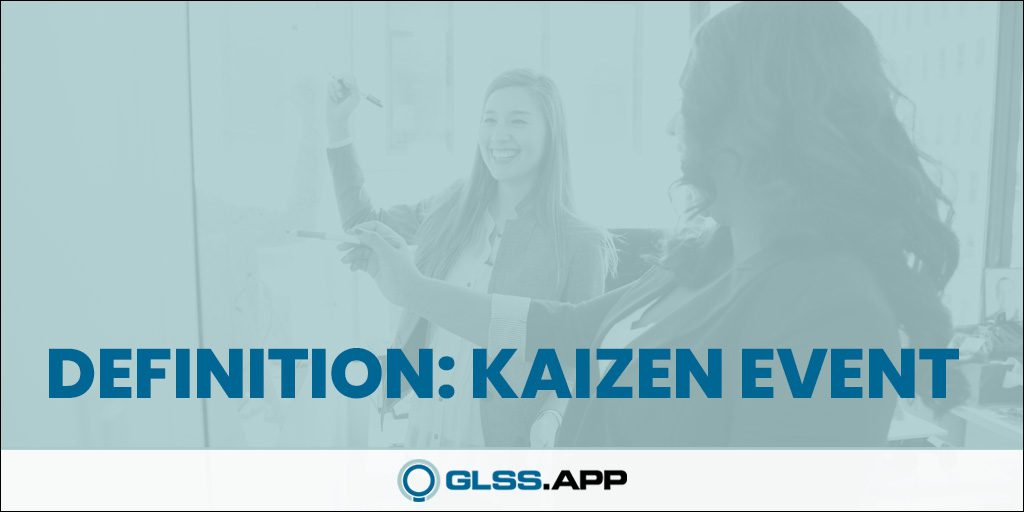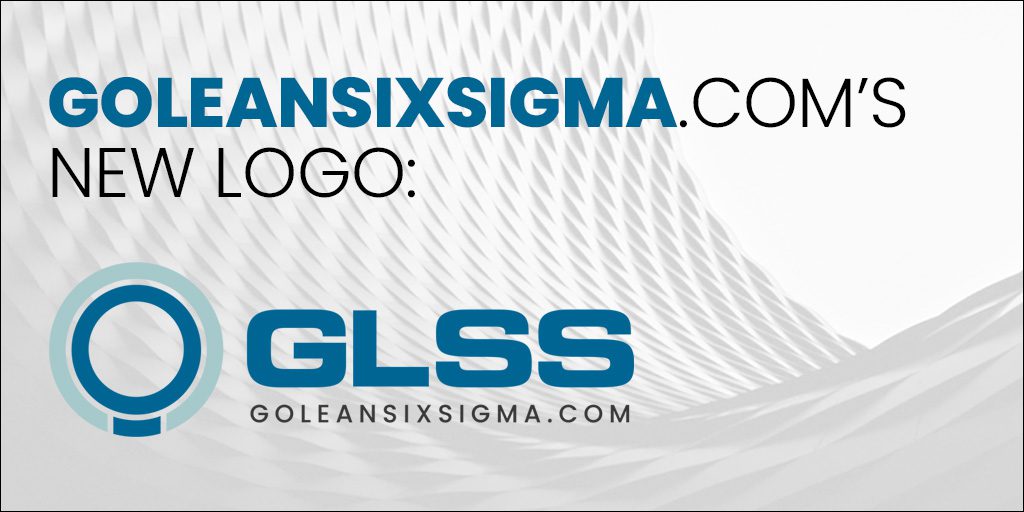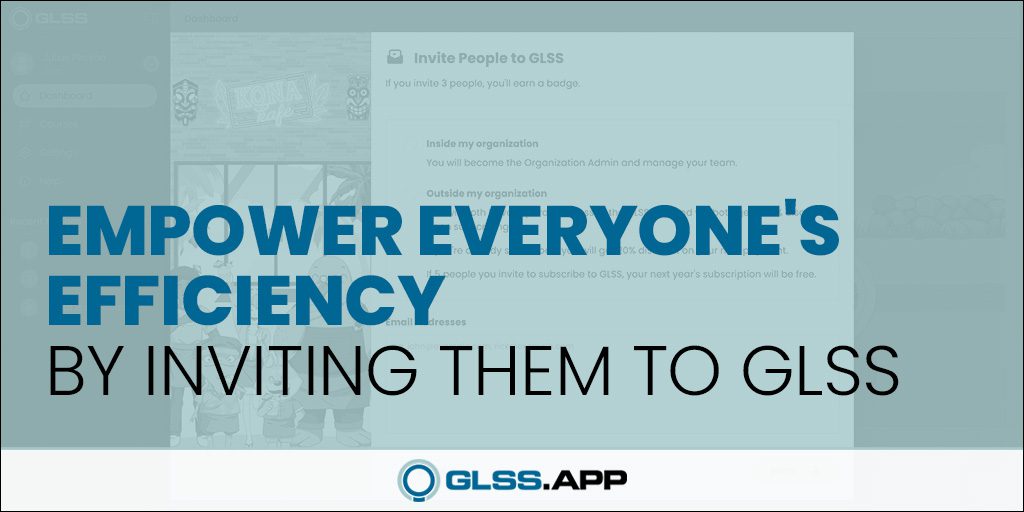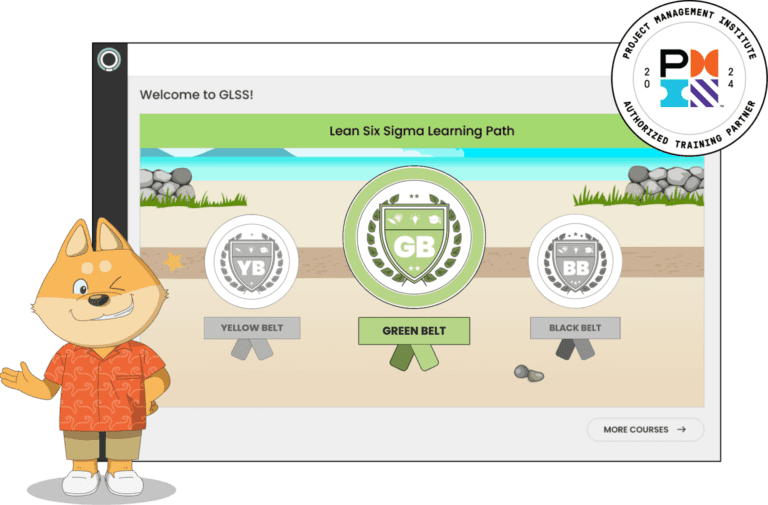

As a Lean practitioner, I often hear and see teams struggle to identify the need to improve. Sometimes employees flat out say “we don’t have any problems” or “we are already Lean.” There might be observable indicators such as Performance Boards continuously showing “on-track” statuses or outdated Standard Work. These are all signs of deeper process issues to uncover before teams can maximize an effective problem-solving culture.
One of the first steps with Process Improvement is recognizing and agreeing that there is a problem to solve. So, how do you get teams to see and acknowledge the “room for improvement”? How do you get teams to continuously take action to improve? Below is a breakdown of how Lean tools and behaviors can help solve the “no-problem” barrier.


1. Collect Relevant Data
When seeking out areas of opportunity, we want to use as much unbiased, factual information as possible. One of the best ways to gather this information is through data collection. Some organizations experience “data overload” while others suffer from a “data drought.” In either case, a good place to start is with data that describes the output of the product or service. Examples include things like % applications processed correctly or total lead time to ship a product. This is likely the information that is most relevant to the customer and can quickly alert you to the health of your processes.
When seeking out areas of opportunity, we want to use as much unbiased, factual information as possible.
Next, seek data that relates to the input of your processes. For instance, what triggers the process to begin and what input does the customer or supplier provide? An example could be % completed requests received. Digging deeper into process metrics such as lead time, process time, and percent complete/accurate will all show areas of opportunity.
Socializing data with key stakeholders is a great way to gain buy-in for prioritizing and addressing problems. It is difficult to argue with the message of the data. Use this to your advantage and encourage your teams to find or collect this data to highlight areas of opportunity.
If customer data isn’t readily available for a particular process, another option is to have your teams simply talk to customers. Building empathy is an extremely powerful way to uncover opportunities. Seek to gain empathy from not only external customers, but up and downstream internal customers as well. Asking a simple question such as “what can we do better?” can start an eye-opening dialog about opportunities to improve.


2. Go and See
Taking a trip to the gemba (work area) to “go see” where the work happens, is a quick and effective way to understand process problems. It allows people to test their assumptions and question their priorities. I recently had a senior leader go to the gemba to observe a problem that she assumed to be true at the front-line level. While she confirmed that the problem was happening, the employee involved in the process let her know it was actually not a painful problem compared to other issues that were more time consuming and had bigger impact. This helped the senior leader to understand why the employees had not vocalized the smaller problem—at the same time it helped uncover the larger, more critical opportunities.
The gemba is not just a place for leaders to go to learn, but rather, an effective way for employees at all levels to respectfully observe one another’s work to surface issues. The more time employees spend outside of their siloed work areas to observe other processes that connect to their value stream, the more opportunities they will surface.
The gemba is not just a place for leaders to go to learn, but rather, an effective way for employees at all levels to respectfully observe one another’s work to surface issues.
The idea of the gemba is not restricted to your own organization. Think about ways to see how the work connects outside your organization—how does it connect to suppliers, vendors, etc.? Focusing on major handoff points often yields huge benefits. While at first it might feel as if you are going in search of problems that don’t exist, it’s a great way to test your assumptions. You can’t fix problems when you don’t know they exist.


3. Use Visual and Audio Management
One purpose of Visual and Audio Management is to help identify problems quickly. However, these management tools must be designed correctly in order to be effective. For instance, teams often struggle with finding value in their Performance Boards when status levels are continuously green or “good.” Consider whether the design of the Performance Board is at a deep enough level to uncover issues.
One place to start is by creating a log of all of the problems your team or customers regularly talk about and identify themes. Then use the Plan-Do-Check-Adjust (PDCA) cycle for the Performance Board to visually reflect how these problems could be predicted in the future—identify leading indicators. As an example, you may have a case where customers complain about how confusing a request form is, so you create a leading indicator of how many calls the Help Center receives to guide customers through the form. Sometimes simply writing down problems and working backwards to design metrics for Visual Management can be more valuable than struggling to create indicators from a blank board.
Sometimes simply writing down problems and working backwards to design metrics for Visual Management can be more valuable than struggling to create indicators from a blank board.
There may be situations when Visual Management has a solid design that uncovers issues, but other barriers exist. I once observed a Performance Board that showcased all green or “on-track” work statuses. I returned every week for a month to see if any statues switched colors—they never did. Finally, I asked a team member why I never saw any color but green on the board. The employee let me know that a former leader only cared about positive results and showing a red or yellow status would be a poor reflection of the employee’s performance. This is a case where the Performance Board alone could not help identify issues—there were deeper cultural barriers to work through first.


4. Reflect on Team Culture
If you find your team using problem identification tools—data, going to the gemba, Visual and Audio Management—but still struggling to take problem-solving action, you may need to dig deeper into the culture.
Fear, lack of a reward system, disengagement and problem complexity are common root causes for why employees may not be motivated to continuously improve the work. The success rate of the tools described above is highly dependent on the behaviors that support them. Employees need to feel that testing new ideas will not bring negative repercussions if they fail.
Fear, lack of a reward system, disengagement and problem complexity are common root causes for why employees may not be motivated to continuously improve the work.
Creating a safe environment where the narrative is more focused on driving learning than results can actually lead to better results, because employees are likely to be more engaged and innovative. They have a greater desire to create better work processes because they are energized to think differently. Whether you are a leader or individual contributor, reflect on the way you show up and talk about problems. Think about whether there are cultural barriers preventing your team from identifying problems and what role you play.
On a recent trip to Japan, I had the opportunity to observe Toyota’s famous Prius line in action. Toyota has a balanced approach to using tools and behaviors to drive an effective problem-solving culture. Toyota’s use of Visual and Audio Management to identify problems plays a significant role in their ability to deliver such a high-quality product. Colored flashing lights, numbers and musical sounds immediately notify workers at all levels to current problems and where they’re located so workers can take prompt action.


The combination of Visual and Audio Management was especially effective. If a team leader was not looking in the direction of a flashing light, there was an audible alert to back it up. The role of the leader was visible as they worked alongside the production workers and coached them to achieve the takt time. Watching the workers dive into an issue in seconds showed how safe it was to identity problems. It was obvious that Toyota took pride in their ability to both identify and resolve problems quickly. The “problems are gifts” mindset rang loud and clear—you can’t fix what you don’t know to be broken.

